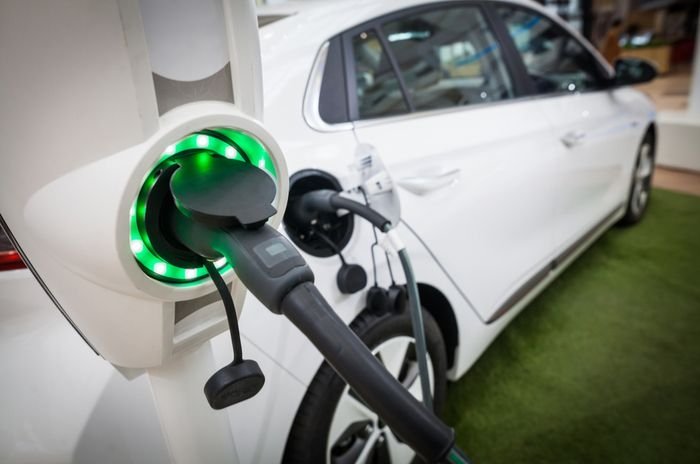The Society of Manufacturers of Electric Vehicles (SMEV) said on Thursday that total electric vehicle sales in India are likely to reach around 10 lakh units this year, about equal to what was sold in the previous 15 years, owing to the high traction seen by electric two-wheelers. SMEV claimed in a statement that sales of electric two-wheelers (E2Ws) in the country more than doubled in 2021 to 2,33,971 units, driven by a robust traction of high-speed scooters, compared to 1,00,736 units in 2020.
“In the entire EV adventure, we have not seen better days than the last few months. We have sold roughly 1 million e2w, e-three wheelers, e-cars, and e-buses in the last 15 years, and we will most likely sell the same 1 million units in only one year starting in January 2022,” Sohinder Gill, SMEV’s Director General, stated.
He went on to say that the government’s recent good reforms in EV policy through FAME II are a game-changer and a decisive move to “guarantee a cleaner and greener transportation industry, lowering dependency on expensive and filthy liquid fuel.”
“A significant percentage of customers also factor in the environment and sustainability in their decision to buy an electric two-wheeler,” Gill said, adding that “Customers have now started shifting in large numbers from petrol two-wheelers to electric ones due to attractive prices, lower running costs, and lower maintenance.”
He noted that based on recent monthly trends, the next 12 months might witness five to six times the rise of the prior year.
According to SMEV, high-speed electric two-wheelers (E2Ws), which have a top speed of more than 25 km/h and require a full licence, grew by 425 percent from 27,206 units in 2020 to 1,42,829 units in 2021.
Last year, sales of low-speed E2Ws with a top speed of less than 25 km/h and no demand for a licence or registration increased by only 24% to 91,142 units, compared to 73,529 units sold in 2020.
In reality, SMEV reported that sales of low-speed E2Ws fell in the last two quarters of 2021, with their market share falling to less than 15% in the last quarter of October-December 2021, compared to more than 70% in the previous years. The FAME 2 policy does not provide subsidies for these low-speed E2Ws.
It went on to say that the discounts on high-speed bikes based on their battery capacity of Rs 15,000/kwhr have made entry-level high-speed eE2Ws cheaper than many low-speed ones.
India is likely to have goods across all sectors, including e-scooters, e-motorcycles, and e-cycles, from significant and organised companies in the next two to three years, according to Gill.
“We can now definitely anticipate that roughly 30% of the two-wheeler market will be electric in four to five years,” he added.
According to SMEV, based on VAHAN statistics, Hero Electric was the top high-speed E2W player by sales in 2021, with 46,214 units, followed by Okinawa with 29,868 units, Ather with 15,836 units, Ampere with 12,417 units, and Pure EV with 10,946 units.
You may also like
-
Trade Connect E-platform For Exports Is Single Window, Fast, Accessible And Transformational: Shri Piyush Goyal
-
Dot Simplifies Approval Processes For Telecom Licenses And Wireless Equipment
-
Coal Production and Supply Trends on Positive Trajectory
-
Union Minister To Release Booklets On Promotion Of Indigenous Species & Conservation Of States Fishes
-
2nd India-Japan Finance Dialogue held in Tokyo on 6th September, 2024
